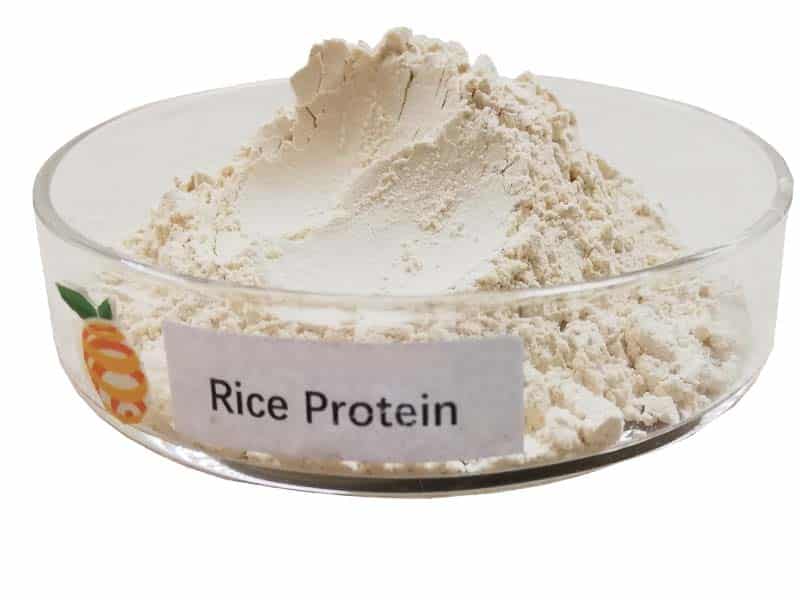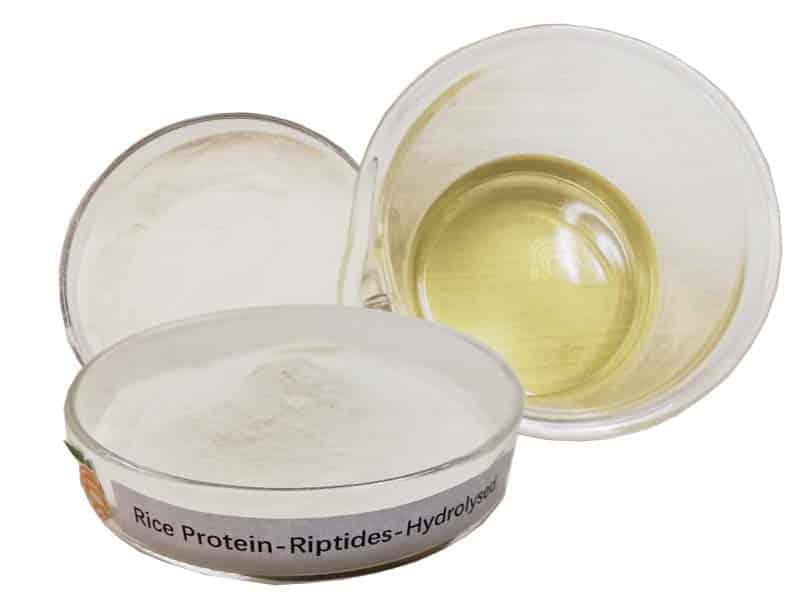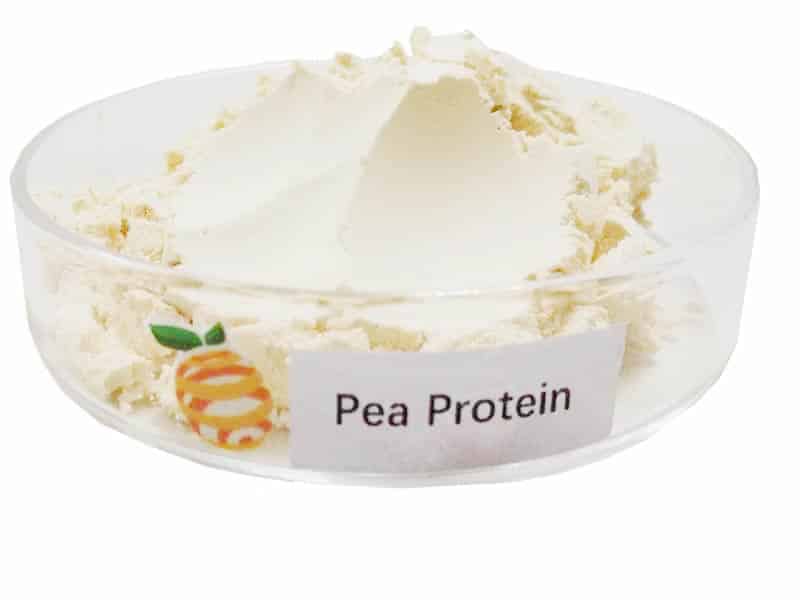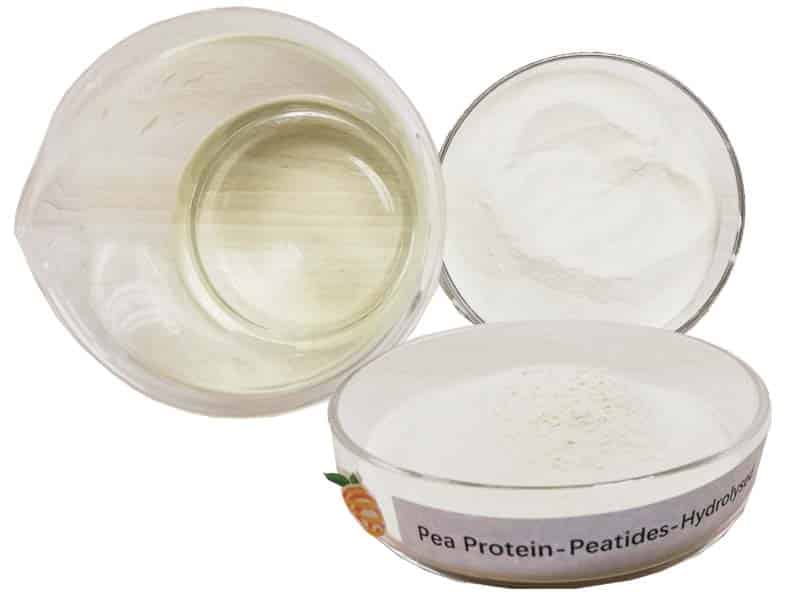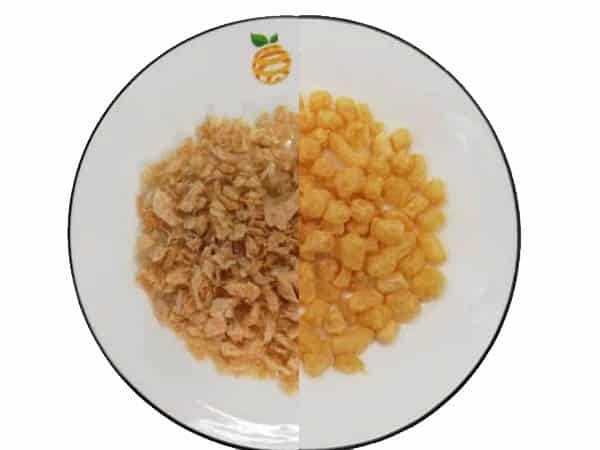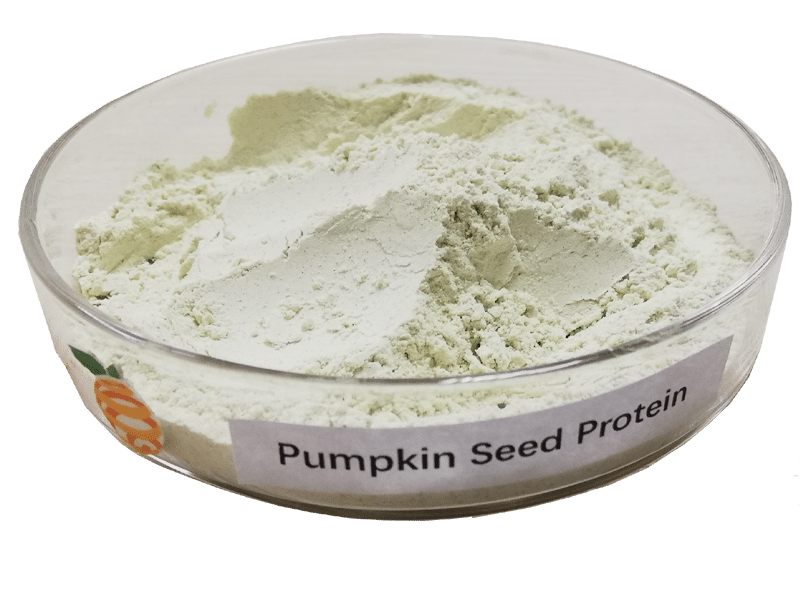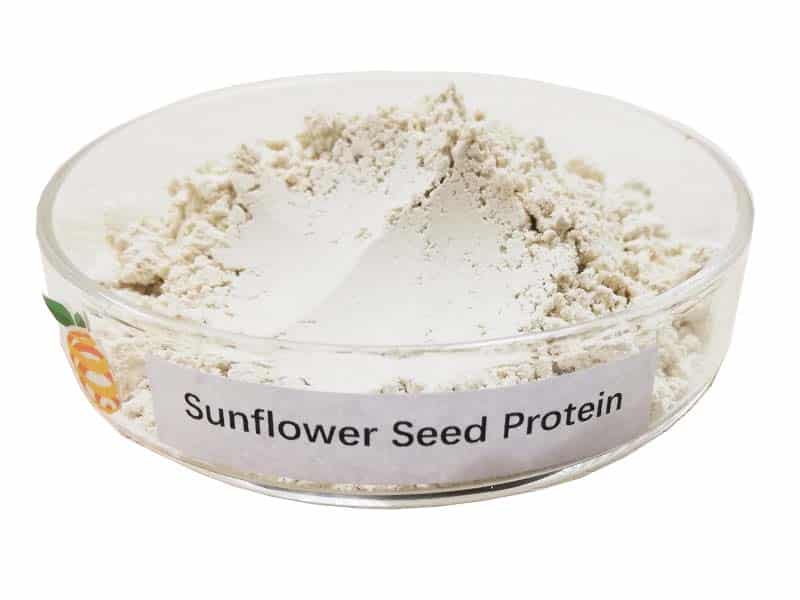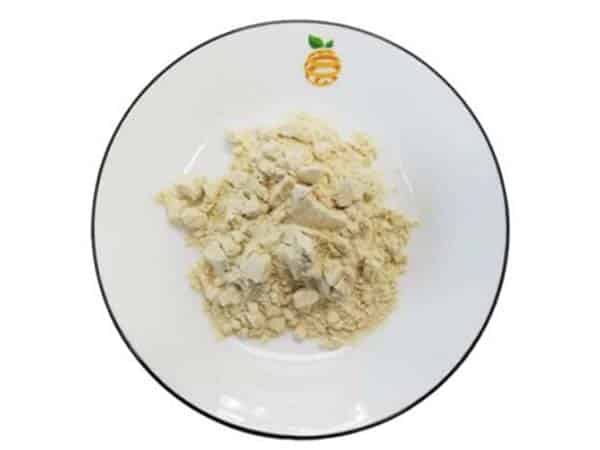Which Is Healthier Sticky Rice Or White Rice?
-
Table of Contents
- Sticky Rice vs. White Rice: Which Is the Healthier Choice?
- Understanding Rice: A Staple Food Worldwide
- What Is Sticky Rice?
- What Is White Rice?
- Nutritional Comparison
- Glycemic Index and Health Implications
- Health Benefits and Concerns
- Sticky Rice: Cultural Significance and Uses
- White Rice: A Global Staple with Versatility
- Conclusion: Balancing Diet and Cultural Preferences
- Enhance Your Diet with ETprotein’s Protein Products
Sticky Rice vs. White Rice: Which Is the Healthier Choice?
< 04/6c5a2b8d3596c8f1403b80f93db9e5e1.png" alt="Which Is Healthier Sticky Rice Or White Rice?" />
When it comes to choosing the healthiest options for our diet, the details matter. Rice, a staple in many cultures, comes in various forms, with sticky rice and white rice being popular choices. But which one is healthier? This article delves into the nutritional profiles, health benefits, and potential drawbacks of both sticky rice and white rice to help you make an informed decision.
Understanding Rice: A Staple Food Worldwide
Rice is a fundamental food in many countries and provides a significant portion of calorie intake worldwide. It’s a versatile grain that can be found in various forms, including long-grain, short-grain, brown, black, red, and of course, sticky and white rice. Each type has its unique properties and nutritional values.
What Is Sticky Rice?
Sticky rice, also known as glutinous rice or sweet rice, is a type of short-grain rice that becomes sticky when cooked. Despite its name, it does not contain gluten. Its stickiness is due to a higher content of amylopectin, a type of starch. Sticky rice is commonly used in Asian cuisines, particularly in desserts and sushi.
What Is White Rice?
White rice is the most commonly consumed type of rice globally. It’s a refined grain, meaning its husk, bran, and germ have been removed, leaving mostly the starchy endosperm. This process extends its shelf life but also removes many nutrients. White rice is known for its versatility and is a staple in various dishes worldwide.
Nutritional Comparison
When comparing sticky rice to white rice, it’s essential to look at their nutritional content. Here’s a breakdown of the key nutrients in a 100-gram serving of each:
- Calories: Sticky rice tends to have slightly more calories than white rice.
- Carbohydrates: Both have high carbohydrate content, but sticky rice has more due to its higher amylopectin levels.
- Protein: White rice has a marginally higher protein content.
- Fiber: Both are low in fiber since the outer bran is removed during processing.
- Vitamins and Minerals: Both types are often enriched with vitamins and minerals like iron and B vitamins to compensate for the loss during refining.
It’s important to note that the nutritional differences between sticky rice and white rice are relatively minor, and neither offers a significant advantage over the other in this regard.
Glycemic Index and Health Implications
The glycemic index (GI) is a measure of how quickly a food raises blood sugar levels. Foods with a high GI can lead to rapid spikes in blood sugar, which may be a concern for individuals with diabetes or those trying to manage their blood sugar levels.
- Sticky Rice: It typically has a higher GI than white rice, which means it can cause quicker spikes in blood sugar levels.
- White Rice: It has a moderate GI, but it’s still relatively high compared to other whole grains.
For those concerned about blood sugar management, choosing a rice with a lower GI, such as basmati or long-grain rice, might be a better option.
Health Benefits and Concerns
Both sticky rice and white rice have their place in a balanced diet, but they should be consumed in moderation due to their low fiber content and high GI. Including a variety of whole grains in your diet is generally recommended for optimal health.
Sticky Rice: Cultural Significance and Uses
Sticky rice is not just a source of nutrition; it also holds cultural significance in many Asian countries. It’s used in traditional dishes and ceremonies, which adds to its value beyond health considerations.
White Rice: A Global Staple with Versatility
White rice’s popularity stems from its versatility. It can be used in a wide range of dishes, from savory to sweet, making it a global staple that’s easily accessible and affordable.
Conclusion: Balancing Diet and Cultural Preferences
In conclusion, both sticky rice and white rice have their pros and cons. The choice between the two should be based on personal health goals, dietary needs, and cultural preferences. For those looking to manage blood sugar levels, other types of rice or whole grains might be more suitable. However, both can be part of a healthy, balanced diet when consumed in moderation and paired with other nutrient-rich foods.
Enhance Your Diet with ETprotein’s Protein Products
If you’re looking to boost the nutritional value of your meals, consider incorporating protein products from ETprotein. Their extensive range of organic and vegan protein options, including rice protein, can complement your diet, whether you prefer sticky rice, white rice, or other grains. ETprotein’s high-quality protein products are an excellent way to enhance your overall health and well-being.
About ETprotein:
ETprotein, a reputable protein and L-(+)-Ergothioneine (EGT) Chinese factory manufacturer and supplier, is renowned for producing, stocking, exporting, and delivering the highest quality organic bulk vegan proteins and L-(+)-Ergothioneine. They include Organic rice protein, clear rice protein, pea protein, clear pea protein, watermelon seed protein, pumpkin seed protein, sunflower seed protein, mung bean protein, peanut protein, and L-(+)-Ergothioneine EGT Pharmaceutical grade, L-(+)-Ergothioneine EGT food grade, L-(+)-Ergothioneine EGT cosmetic grade, L-(+)-Ergothioneine EGT reference grade and L-(+)-Ergothioneine EGT standard. Their offerings, characterized by a neutral taste, non-GMO, allergen-free attributes, with L-(+)-Ergothioneine purity over 98%, 99%, cater to a diverse range of industries. They serve nutraceutical, pharmaceutical, cosmeceutical, veterinary, as well as food and beverage finished product distributors, traders, and manufacturers across Europe, USA, Canada, Australia, Thailand, Japan, Korea, Brazil, and Chile, among others.
ETprotein specialization includes exporting and delivering tailor-made protein powder and finished nutritional supplements. Their extensive product range covers sectors like Food and Beverage, Sports Nutrition, Weight Management, Dietary Supplements, Health and Wellness Products, and Infant Formula, ensuring comprehensive solutions to meet all your protein needs.
As a trusted company by leading global food and beverage brands and Fortune 500 companies, ETprotein reinforces China’s reputation in the global arena. For more information or to sample their products, please contact them and email sales(at)ETprotein.com today.

